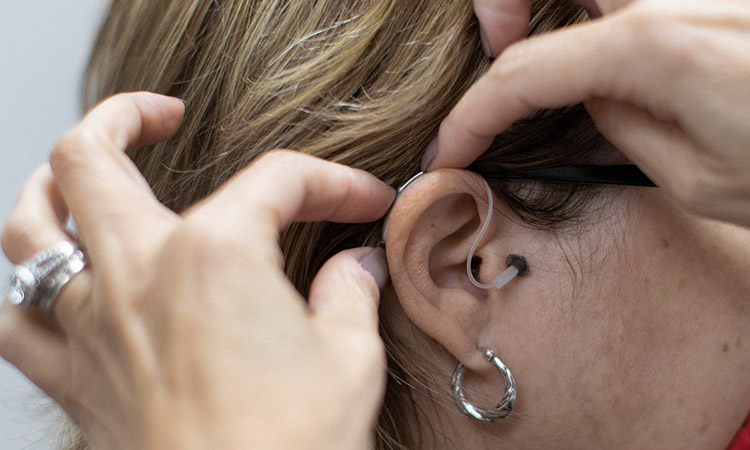Right quantity of brown rice panacea for many ailments

Photo has been used for illustrative purposes.
Mariecar Jara-Puyod, Senior Reporter
Rice has been perceived as among the culprits to lifestyle diseases and should be shunned. But this grain, among the world’s most consumed grain after corn and wheat respectively, indeed has health benefits.
“Rice cannot harm us if we know what type of rice to eat and how to eat it right. Eat only a portion and choose brown, pigmented, micro-nutrient dense or other healthier rice over the white-milled rice,” Philippine Agriculture Secretary William Dar emailed to Gulf Today.
The agronomist/International Rice Research Institute (IRRI, Philippines) ex-officio member said: “White or milled or polished rice is a good source of carbohydrates that provide the energy we need in our daily functions. It contains six to 10 per cent protein. Unfortunately, this kind of rice has a relatively high glycaemic index (GI) which indicates a faster conversion of carbohydrates to sugars, particularly glucose.”
According to the horticulturist/2000 to 2014 International Crops for the Semi-Arid Tropics (India) director general, brown rice is the healthy rice as there are other much healthier types of rice such as the pigmented (black, red, pink). Food processing techniques namely parboiling, germination and fermentation also boost the rice nutrient content: “Polishing removes 15 per cent of protein, 85 per cent fat, 80 per cent thiamine, 70 per cent riboflavin, and 68 per cent niacin. It also removes 90 per cent calcium, 75 per cent phosphorus, and 60 per cent other minerals.”
On pigmented rice, he mentioned the “Healthier Red and Black Rice: Not Your Ordinary Staple Food” 2017 comparative research study on 45 red rice and 25 black varieties across the Philippines with the Enolayan white rice variety by Manila’s Department of Agriculture-Philippine Rice Research Institute food scientist Dr Marissa Romero and her team. Based on the proximate composition, phytonutrients, and health-promoting components, “pigmented rice has higher amounts of crude protein, crude ash, crude fat, and crude fibre compared with white rice. (It is also) rich in phenolic compounds, vitamin E derivatives, and y-oryzanol that are effective free radical scavengers.”
He said the phytochemicals in the bran of pigmented rice “have high antioxidant activity that strengthens our bodies against chronic lifestyle diseases. He added the free radical scavengers are effective against poor eyesight, diabetes, cancer, and atherosclerosis (restricted blood flow due to fat build-up).
On the germination food processing technique, Dar cited as an example the Japanese germinated brown rice which other Asian countries also have. He said this rice is characterised by “high gamma-amino butric acid which has been studied to accelerate brain metabolism, reduce high blood pressure, and fight cancer (among) other health benefits.”
Dar was email interviewed as India Gate clinical dietician Dr Dana Al Hamwi included in her “Rice is Healthy, Not Fattening” essay, the 2012 “Good News About Glyacemic Index of Rice” conducted jointly by research teams from the IRRI and the Commonwealth Scientific and Industrial Research (Australia). The study analysed the GI levels of 235 rice varieties from around the world. It showed that diabetics and the pre-disposed to diabetes could still eat rice and remain healthy. They just have to be careful in their rice selection.
Following are other clinical studies which according to Dar prove that rice should not be totally ignored:
• “The Gut and Psychology Syndrome” by Dr Natasha Campbell McBride in relation to auto-immune diseases: Only one per cent of people cannot recover from food allergies including celiac diseases. They could fight the allergies by not eating grains for only 1.5 years to two years, and need not forego rice consumption forever.
• The 1966 to April 2006 Wake Forest University School of Medicine (North Carolina, USA) demonstrating that consuming an average of 2.5 servings of whole grains such as brown rice each day could significantly lower risks to cardiovascular diseases, heart disease and stroke. There were 285,000 participants in this study.
• Obesity researcher/neurologist Dr Stephen Guyonet said the human body had undergone genetic adaptations to cope with changes brought about by eating grains, which include polymorphisms in the angiotensin-enzyme and apolypoprotein B genes.







